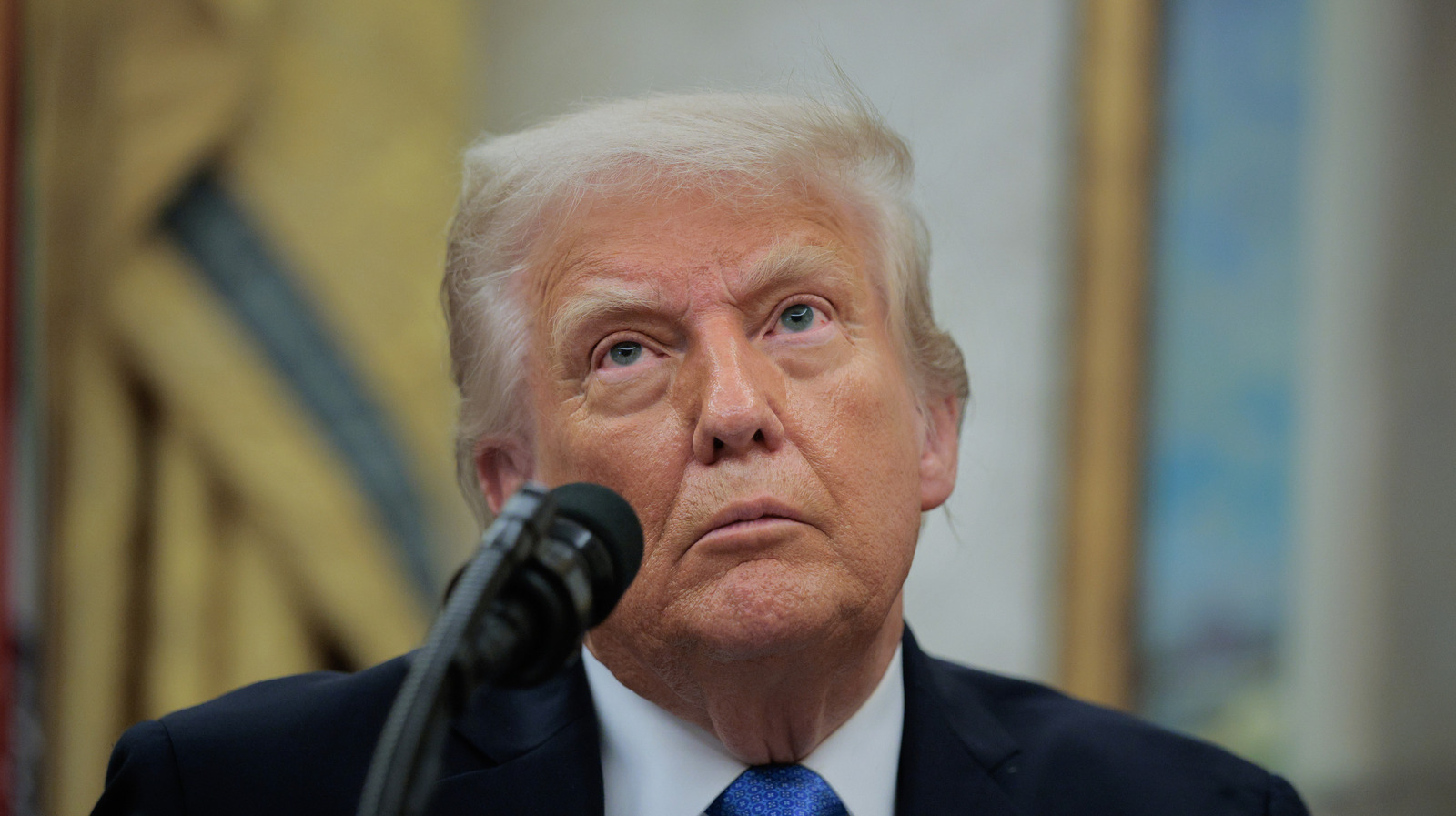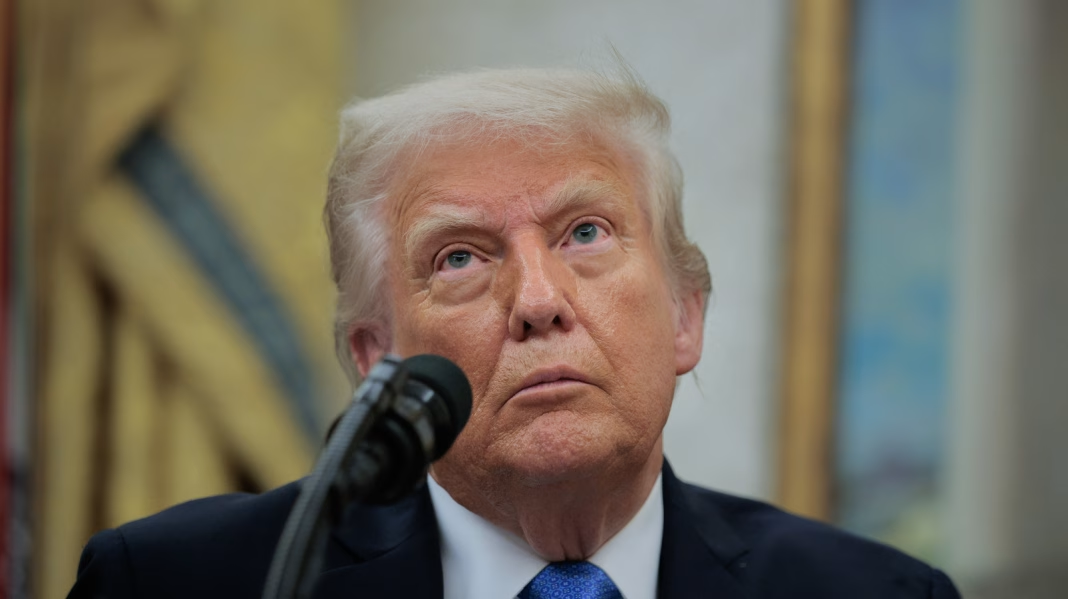Trump’s recent proposal to impose a staggering 50% import tariff on all goods from the European Union has stirred up quite the buzz. It’s like he’s poking a hornet’s nest, and the implications of this move could be far-reaching for both sides of the Atlantic. So, what does this mean for consumers, businesses, and the global economy?
Understanding the Tariff Proposal
At its core, a tariff is a tax imposed on imported goods, making them more expensive. Trump’s suggestion to slap a 50% tariff on EU imports is not just a casual remark; it’s a bold statement that could lead to significant shifts in trade dynamics. The idea is to protect American industries by making foreign products pricier, thereby encouraging consumers to buy domestic. But let’s unpack this a bit more.
The potential impact on consumers is immediate. Imagine walking into a store and finding that your favorite European goods—be it cars, fashion, or gourmet foods—have suddenly skyrocketed in price. This could lead to a ripple effect, where consumers either turn to domestic alternatives or simply pay more for the same products.
What About American Businesses?
For American businesses, especially those that rely on European imports, this could be a double-edged sword. On one hand, domestic manufacturers might benefit from reduced competition. On the other hand, companies that depend on European goods for their supply chains could face increased costs, which could ultimately be passed on to consumers.
For instance, consider the automotive industry. Many American car manufacturers use parts sourced from Europe. A 50% tariff could inflate production costs, potentially leading to higher prices for consumers or reduced profit margins for companies. It’s a complex balancing act that could disrupt the market in unexpected ways.
The Global Reaction
The international response to such a proposal is likely to be swift and fierce. The EU has already hinted at retaliatory measures, which could escalate into a trade war. This isn’t just about tariffs; it’s about relationships and the interconnectedness of global economies. A trade war could lead to a cycle of retaliation, where each side imposes tariffs on the other, ultimately harming consumers and businesses alike.
Historically, trade wars have shown to be detrimental. The Smoot-Hawley Tariff Act of 1930, for example, raised tariffs on hundreds of imports and is often cited as a factor that deepened the Great Depression. While the context today is different, the lessons from history remind us that escalating trade tensions can have unintended consequences.
What Can Consumers Expect?
So, what should consumers be prepared for? If these tariffs go into effect, we might see a shift in purchasing habits. Some might opt for domestic products, while others may seek out alternative markets. It’s also possible that retailers will adjust their inventory strategies, focusing more on American-made goods to avoid the tariffs altogether.
In the meantime, it’s wise for consumers to stay informed. Watching how this situation unfolds can help you make smarter purchasing decisions. If you’re a fan of European products, consider stocking up before any potential price hikes hit the shelves.
Navigating Uncertainty
The big takeaway? This tariff proposal isn’t just about numbers; it’s about the broader implications for trade, consumer behavior, and international relations. The landscape is shifting, and while it may seem daunting, it also presents an opportunity for consumers and businesses to adapt and innovate. Start by keeping an eye on the market trends and be ready to make informed choices. After all, in times of change, knowledge is power.


